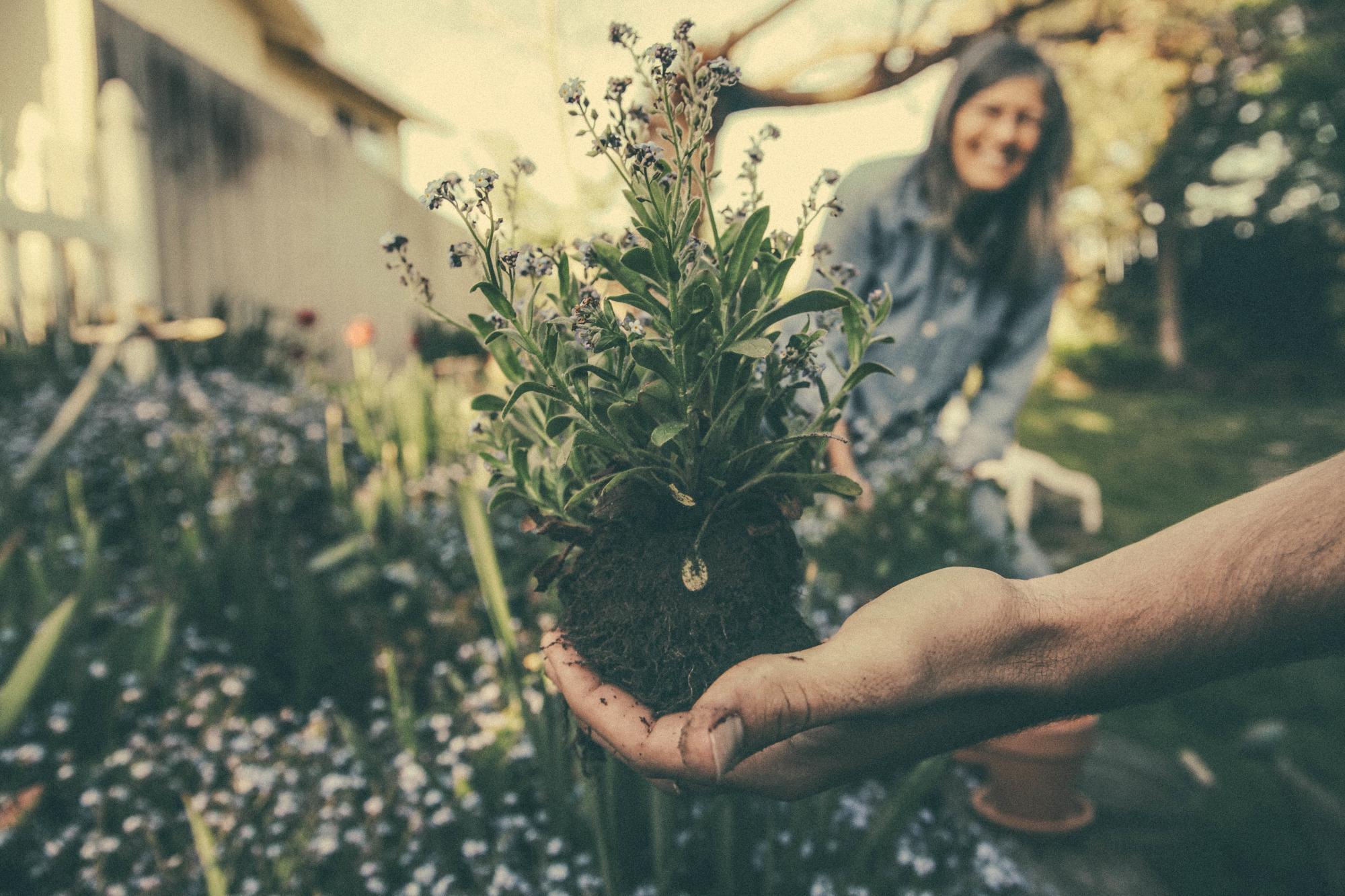Summer Landscaping Checklist

Now that the threat of frost is behind us and the heat of summer isn’t in full force quite yet, there’s no better time to grab your tools and get your hands dirty in the garden.
Not only is gardening a proven stress-reliever and an outlet for creativity, but whether you’re living in your dream home or are looking to sell, good landscaping adds property value.
Here are a few budget-friendly landscaping tips to get you started:
-
Touch up the mulch
It’s amazing how easily a new batch of mulch can make a garden bed look refreshed. Although it won’t cost you much, this is an easy step to create contrast and make all of the plants pop. A layer of mulch protects the soil from the sun—just be sure to make it about two inches deep. We like the look of a shredded wood mulch, but any type will have the same effect of keeping plant roots happier and preventing moisture loss from evaporation.
2. Plant colorful summer bulbs
Add instant color with summer blooming flowers. Some strong summer performers are purple coneflowers, hollyhocks and asters. A splash of color makes your home look more inviting and can catch the attention of potential buyers.
3. Weed
A tiny weed left unattended can grow into a bigger pain later. Take the time now and rid your garden of any of these little invaders that steal important nutrients from your plants. A single dandelion plant can produce 2,000 seeds in a year—so catch them in advance to save yourself a lot of trouble in the future.
4. Shape overgrown trees and shrubs
Overgrown greenery is easy to see, and it creates an instant feel of neglect in a yard. Don’t put off pruning shrubs. It makes a huge difference in the look of your landscaping and doesn’t cost you a thing!
5. Water
This may seem obvious, but it’s easy to forget how variable Chattanooga’s summer weather can be. About one inch of water a week is a good rule of thumb for most plants. Be sure to water directly on the ground to avoid any potential plant diseases.
6. Tend to late perennials and annuals
Remove old blooms in the precess called “deadheading” to save the plant from expending unneeded energy on spent blooms. As flowers shed their petals, energy is focused into the development of the seeds rather than new blooms. Regular deadheading stops this seeding process and keeps the energy on the flowers, giving you more blooms for longer.

